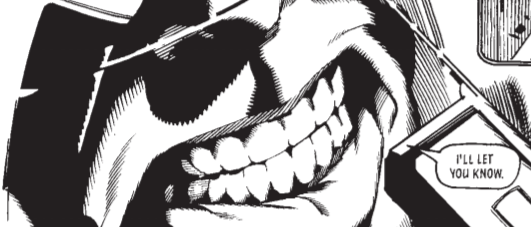
The Eye of Providence – on the reverse of the Great Seal of the United States and here on the US one-dollar bill
(19) CONSPIRACY THEORIES
The other modern folklore par excellence – where history meets mythology. Of course, there are conspiracies in history and some of these may be the subject of theories with some documented or factual basis.
It is however important to distinguish between regular theories about conspiracies – and conspiracy theories, that might well be capitalized as Conspiracy Theory for their mythic stature or mythos.
And particularly prone to proliferation by the internet – “conspiracy theories mutate and interbreed almost too fast for humans to track. Any of the theories and sub-theories…can be, and in all likelihood has been, combined with any or all of the others by at least one person. Don’t be surprised if the theory raises more questions than the original incident in the first place. The only thing such theories prove, if anything, is that we’re all too human”.
“Conspiracy theories resist falsification and are reinforced by circular reasoning: both evidence against the conspiracy and an absence of evidence for it are re-interpreted as evidence of its truth”
The definitive conspiracy theory is a theory that proposes that an event or situation “is not as we understand them but really the work of secret cabals of cunning conspirators acting for malicious ends, from merely getting rich to propagating an ideology up to and including world domination”.
Of course, it is when they get to the soaring heights of world domination, or some overarching grand unifying theory of conspiracies, that they are most fascinating to me – with the Illuminati as my favorite.
There are of course a plethora of conspiracy theories – it seems at least one for every significant contemporary event at this point. Enough for their own top ten – in some cases for particular events (hello 9/11 and JFK), or just a number of times over in general, as in my favorite compilation of conspiracy theories, the Greatest Conspiracies of All Time by Jonathan Vankin and John Whalen, which went from 50 in its original edition to 80 in its last edition.
One could even have a top ten classifications of conspiracy theories, by broader type – such as conspiracy theories involving aliens, disasters, disinformation, famous people, guns (and shootings), health, history (including ancient history and monuments), law or enforcement, media, new world orders or secret societies, religion, science or technology, wars, and even weather. Hell – one could even just have a top ten parodies of conspiracy theories.
Or a top ten classifications by thematic type, most evocatively those by Jesse Walker – who classifies conspiracy theories as “Enemy Outside”, “Enemy Within”, “Enemy Above”, “Enemy Below”, and “Benevolent Conspiracies”. Or Michael Barkun’s event conspiracy theories, systemic conspiracy theories, and super conspiracy theories.
Or Murray Rothbard – of all people – with his model contrasting deep conspiracy theories to shallow ones, with the latter observing an event and asking cui bono or who benefits, “jumping to the conclusion that a posited beneficiary is responsible for covertly influencing events”.
As Vankin and Whalen lament in their books, conspiracy theories have become pretty lazy these days. Previously, conspiracy theories involved the meticulous, even obsessive, compilation of facts or evidence. Now, it’s mostly along the lines of Rothbard’s shallow conspiracy theories – simply proposing a beneficiary or motive behind any event, which is pretty easy to do, and asserting that as a conspiracy.
RATING: 4 STARS****
A-TIER (TOP TIER)










